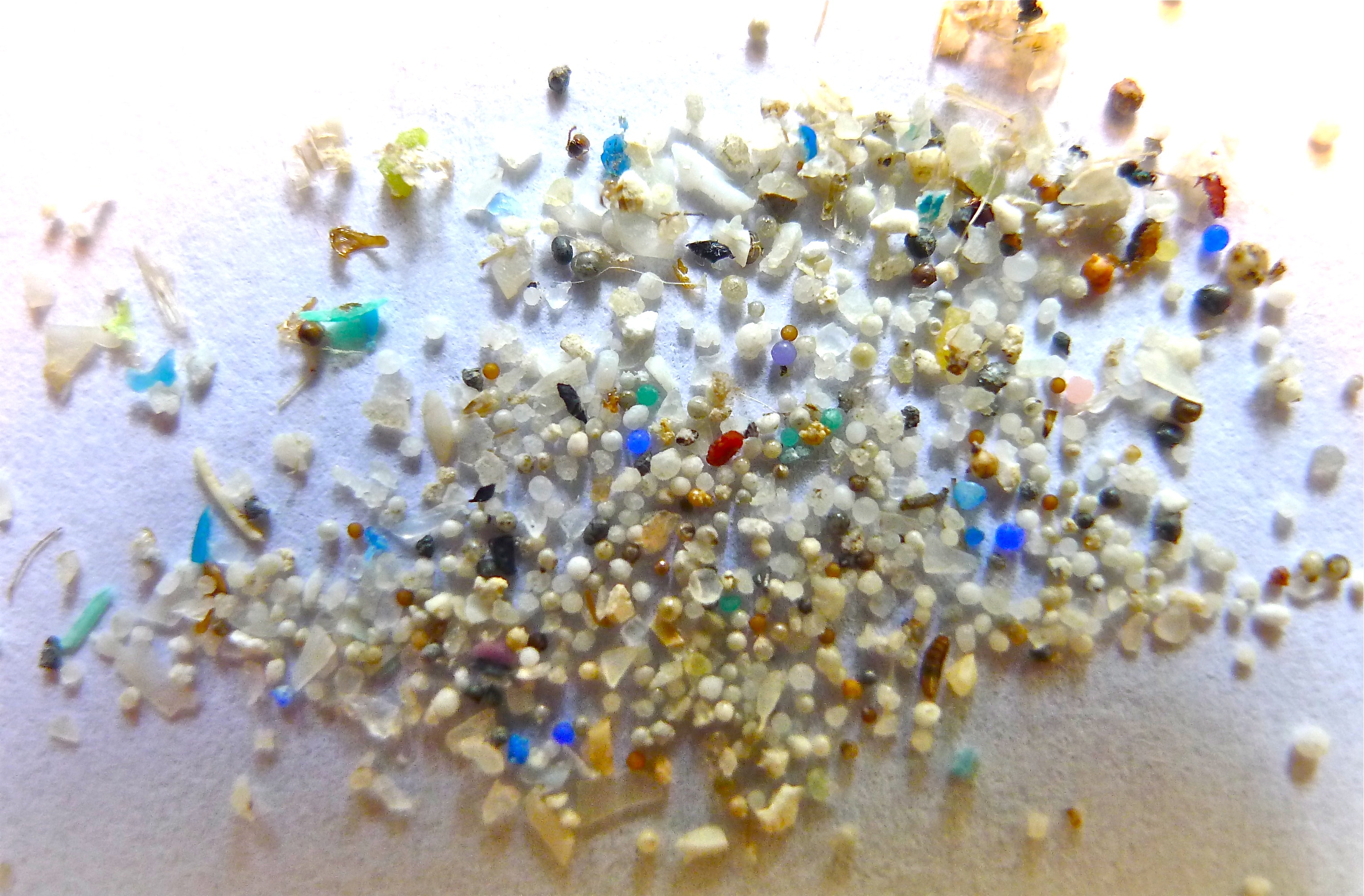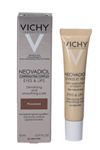Addition of Nanomaterial to the SIN List

In November 2019, the first nanomaterial made it onto the SIN List, namely Carbon Nanotubes (CNTs). This was due to the fact that Carbon Nanotubes hs been associated with carcinogenicity and being toxic to reproduction as well as persistent in the environment.
The SIN List (‘Substitute It Now’) is developed and maintained by a Swedish NGO, ChemSec and contains a list of hazardous chemicals that are used in daily processes around the globe. The chemicals on the list could pose a potential threat to human health and environment. The SIN List is widely used by companies and retailers around the world to assess the chemicals that they use and investigate the need and possibilities for substitution.
The list is based on hazard identification and the aim of the SIN List is to predict future substances that could be added to the Candidate List of Very High Concern (SVHCs), which is under EU’s chemical legislation, known as REACH.
The full line of argumentation for why CNTs should be added to the SIN List can be found in a recent publication by Steffen Foss Hansen and Anna Lennquist in Nature Nanotechnology (see https://www.nature.com/articles/s41565-020-0692-7).
One cannot help wonder what the next nanomaterial added to the list might be? For more information, see: https://sinlist.chemsec.org/nanomaterials/
 English
English Danish
Danish









